The History of Etz Hayyim and the Synagogue today
A brief overview about the history of Etz Hayyim and what’s happening at the Synagogue today.

A brief overview about the history of Etz Hayyim and what’s happening at the Synagogue today.
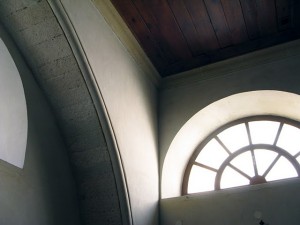
The interior layout of the Synagogue shows the influence of its Romaniote past but also the origin of the building as a Catholic church built during the Venetian period.
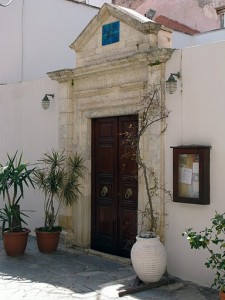
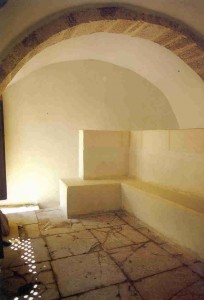
The mikveh at Etz Hayyim was used in common with the congregation of Beth Shalom Synagogue (now destroyed). Until 1996 its interior was choked with local trash and after being cleaned it remarkably came back to life. Fed by underground springs its waters are very cold. A mikveh is of special important in a Jewish community and takes precedence even over the synagogue itself.
Etz Hayyim has a number of Hebrew inscriptions commemorating past benefactors on the gates and walls of the synagogue, as well as a few funerary inscriptions. All of these Hebrew inscriptions date between the 15th to 17th centuries.
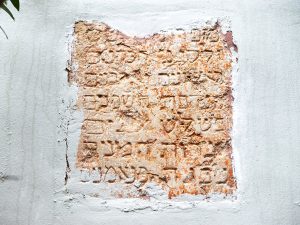
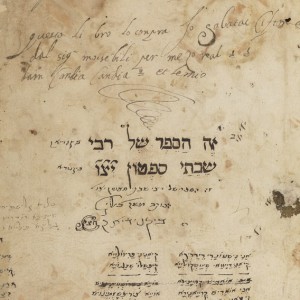
Since its re-dedication in 1999 Etz Hayyim has been the recipient of numerous important gifts in the form of liturgical artifacts and textiles.
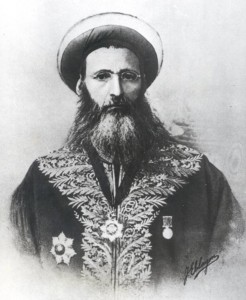
In the Ronald Lauder Courtyard four graves of Rabbis are located. These were mentioned by Crete’s last Chief Rabbi Abraham Evlagon in his memoir. In 2009 an ossuary with remains of community members, who most likely died during the German occupation in World War II, was added.